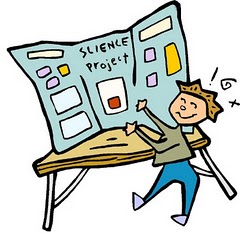Grade: 5th
Title: Landforms Virtual Scavenger Hunt
Integration of
Learning Outcomes
· Students will be able to define geographic terms for water and landforms by completing a graphic organizer.
· Students will be able to notice the differences between certain landforms and bodies of water by using an interactive Power Point.
· Students will be able to act out or draw geographic terms relating to water and landforms with a partner.
Standards
· 7.1.5.B: Describe and locate places and regions as defined by physical and human features.
· 7.2.5.A: Describe the characteristics of places and regions.
· E05.B-V.4: Vocabulary acquisition and use
· R5.A.1.1.1: Identify and/or interpret meaning of multiple-meaning words used in text.









